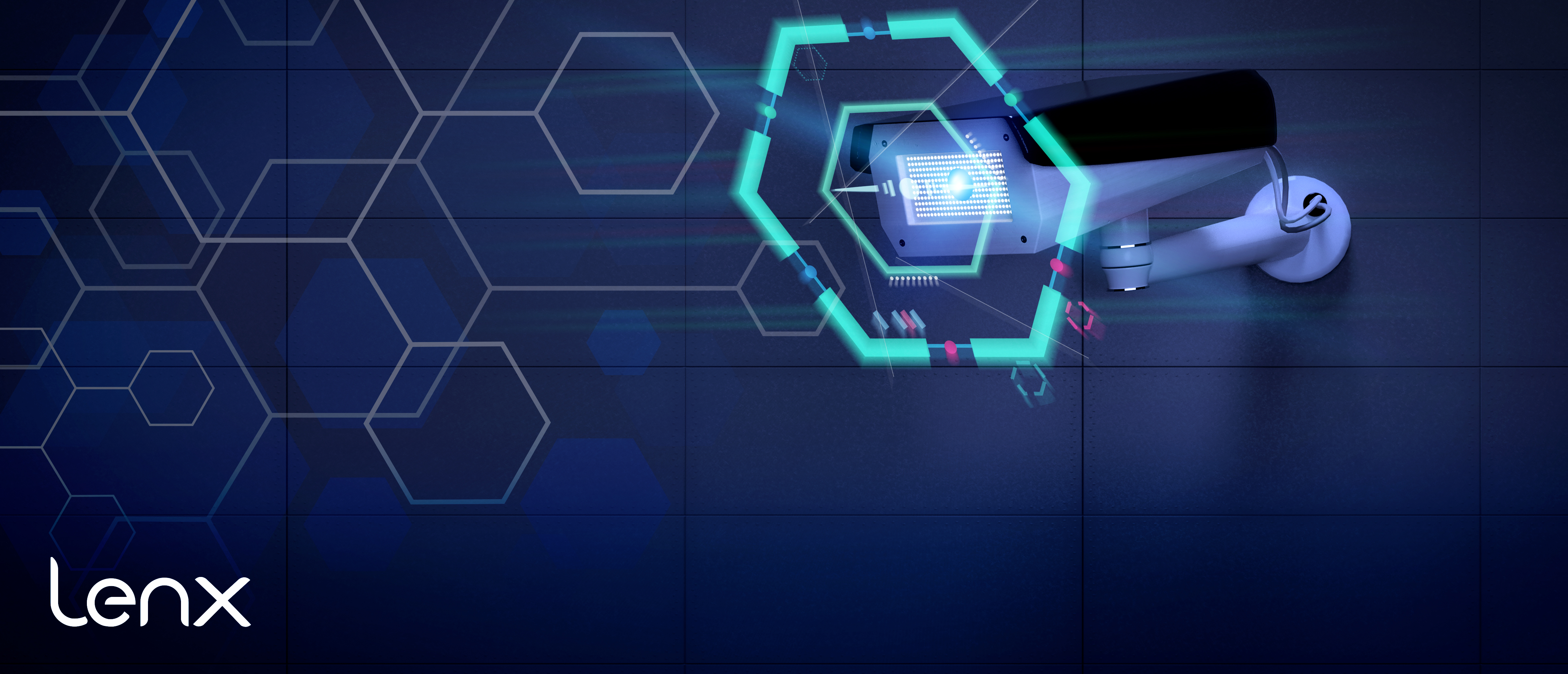
How AI Security And Active Shooter Detection Works Without Storing Images
AI security and active shooter detection systems are transforming the landscape of public safety. These advanced technologies are capable of identifying potential threats swiftly and accurately.
However, concerns about privacy and data storage often arise. How can these systems operate without storing images, thus addressing privacy issues?
In this article, we delve into the workings of AI security and active shooter detection systems. We'll explore how they enhance safety without compromising privacy. Stay with us as we unravel the intricacies of these modern security solutions.
Understanding AI Security and Active Shooter Detection
AI security is a cutting-edge technology that enhances threat detection. It uses artificial intelligence to identify potential dangers, reducing reliance on human monitoring.
Active shooter detection systems are a part of this AI security landscape. They are designed to recognize the visual cues of weapons, alerting authorities promptly.
These systems are particularly beneficial in public spaces. Schools, shopping centers, and offices can leverage this technology to enhance safety measures.
The key to their effectiveness lies in pattern recognition and machine learning. These AI capabilities allow the system to identify threats swiftly and accurately.
However, the operation of these systems raises questions about privacy. How do they function without storing images? Let's explore this next.
The Technology Behind AI Gun Detection
AI gun detection is a crucial component of active shooter detection systems. It uses machine learning algorithms to recognize firearms in real-time.
The system is trained on thousands of images of different firearms. This extensive training enables it to identify guns in various settings and lighting conditions.
The detection process does not involve storing images. Instead, the system analyzes the live feed, identifies potential threats, and discards the data.
This approach ensures privacy while maintaining high levels of security. It's a balance that's crucial in today's privacy-conscious society.
The technology's speed and accuracy are its main advantages. It can detect a threat and alert authorities within seconds.
Privacy Concerns: Operating Without Image Storage
One of the main concerns with security systems is privacy. Traditional systems often store images, raising potential issues.
AI security systems address this by not storing images. They analyze the live feed and discard the data after use.
This approach ensures privacy without compromising security. It's a significant advantage of AI security systems.
The balance between security and privacy is a key consideration in AI security development. It's a balance that these systems manage well.
AI Security Apps and Real-Time Response
AI security apps play a crucial role in active shooter detection. They provide real-time alerts to authorities and initiate lockdown procedures.
These apps use AI to analyze data and identify threats. They then send alerts to the relevant parties.
The speed of AI allows for immediate response. This can be crucial in active shooter situations.
AI security apps also provide real-time data to law enforcement. This can help them respond more effectively.
Overall, AI security apps enhance the speed and efficiency of response to potential threats.
Integrating AI Security in School Systems
School security systems are increasingly using AI. This technology helps to proactively detect potential threats.
AI security can be integrated with existing infrastructure. This makes it a cost-effective solution for schools.
The use of AI in schools goes beyond active shooter detection. It can also identify other threats, such as fire and smoke.
Regular updates and training data are crucial for these systems. They ensure the AI can accurately detect threats.
In conclusion, AI plays a vital role in comprehensive school security strategies. It enhances safety while being cost-effective.
The Future of AI in Threat Detection
AI security technology is continually evolving. It is expected to adapt to new types of threats over time.
Future developments may improve the speed and accuracy of threat detection. This will further enhance public safety.
Legislation and regulation will impact the deployment of AI security systems. It's crucial to balance security needs with privacy rights.
Public-private partnerships can advance AI security technology. They can drive innovation and improve threat detection capabilities.
In conclusion, the future of AI in threat detection looks promising. It holds the potential to revolutionize public safety.

